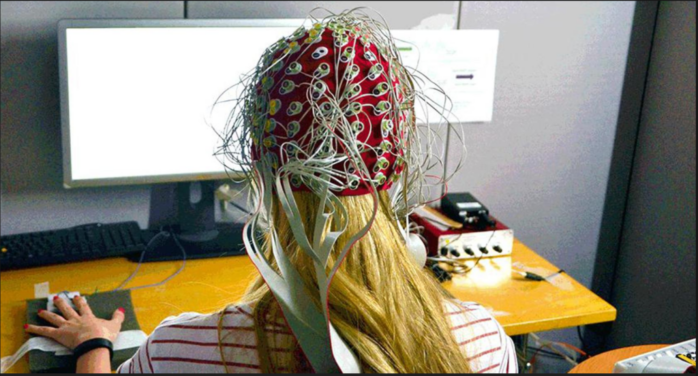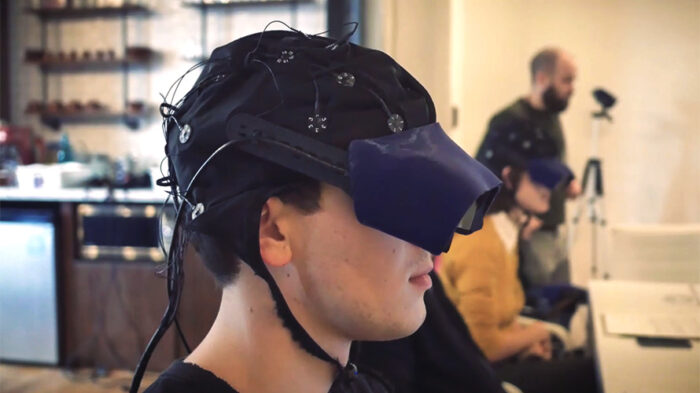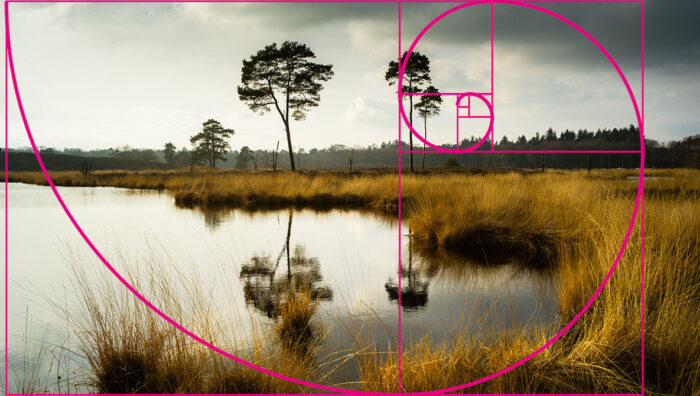
In the digital era, where a picture is worth a thousand clicks, understanding the psychology behind visuals is indispensable. Creating visually compelling content on photo-sharing platforms like Fotolog is crucial for attracting and retaining an audience. But how do you know if your visuals are genuinely engaging? User testing offers invaluable insights, revealing how your audience interacts with your content. This article will explore various psychological aspects that shape our interaction with visuals and how user testing can shed light on these factors.
The Emotional Impact of Colors

Colors are much more than visual elements; they’re emotional triggers. Studies show that different colors can evoke different feelings — red can signify love or anger, while blue often evokes a sense of calm. User testing can pinpoint which colors resonate most with your target audience. For example, using heatmaps, you can identify which color elements attract the most attention and engagement, giving you a guideline for color schemes in future content.
Shapes, Lines, and Symmetry
Our brains are wired to appreciate symmetry and specific shapes. Circular shapes are often associated with completeness and unity, while angular shapes like triangles suggest conflict or tension. User testing can help understand how the audience reacts to different shapes in visual content. This data can be crucial for designers and artists looking to evoke particular emotions or actions from their audience.
Composition Techniques: The Rule of Thirds & The Golden Ratio
The Rule of Thirds and the Golden Ratio are widely used in photography and design to create aesthetically pleasing compositions. While these rules have been celebrated for centuries, user testing can provide modern validation or even challenge these established norms. Through real-world data, you can understand whether adhering to these rules genuinely results in higher engagement.
Text Elements and Their Synergy with Visuals
While visual elements might be the primary focus, the text accompanying them plays a vital role in conveying the message. Font style, size, and placement can all influence how a viewer interacts with content. User testing platforms can allow A/B testing of various textual elements, showing how small changes can lead to significantly different user engagement metrics.
Importance of Focal Points
A focal point in a visual composition is where you want to draw the viewer’s attention. Whether it’s a person’s face, an object, or text, understanding where people naturally look can help you design more effective visuals. Eye-tracking technologies in user testing platforms can reveal these focal points, enabling you to structure your visuals around naturally attention-grabbing elements.
The Influence of Motion in Visual Content

In today’s digital landscape, static visuals are just the tip of the iceberg. Motion graphics, animations, and video content have surged in popularity, offering a dynamic way to captivate audiences. The movement adds a layer of depth to visuals, making them more immersive and memorable.
User testing can provide insights into how motion influences user engagement. For instance, do users prefer subtle animations that complement static visuals, or are they more engaged by full-fledged video content? The speed, direction, and type of motion can all play a role in viewer perception and interaction.
Moreover, motion can be used to guide the viewer’s attention, highlight important elements, or convey complex ideas quickly. By utilizing user testing, content creators can determine the optimal balance between static and dynamic elements, ensuring that motion serves a purpose and enhances the overall visual experience.
Psychological Triggers for Calls to Action
It’s not enough for a visual to be aesthetically pleasing; it should also encourage some form of engagement or action. Buttons like “Read More,” “Like,” or “Share” can be made more compelling with the right choice of color, shape, and placement. User testing can reveal what kind of call-to-action triggers are most effective for your audience, allowing you to craft more effective engagement strategies.
The Power of Storytelling in Visuals

Storytelling is an age-old technique that has been used to convey messages, evoke emotions, and inspire action. In the realm of visuals, storytelling plays a pivotal role in making content memorable and impactful. A well-composed visual narrative can guide the viewer’s journey, creating a cohesive experience that resonates on both an emotional and intellectual level.
User testing platforms can help gauge the effectiveness of visual storytelling techniques. By analyzing user engagement metrics, you can determine which narratives resonate most with your audience. For instance, does a linear progression of images garner more attention, or does a cyclical narrative structure prove more engaging?
Furthermore, the choice of characters, settings, and the overarching theme can significantly influence viewer perception. User testing can provide insights into which elements of a story are most captivating, allowing content creators to fine-tune their visual narratives for maximum impact.
Cultural Differences in Visual Perception
What appeals to viewers in one culture might not necessarily appeal to those from another. Cultural norms and values can significantly influence the interpretation of visual elements. User testing platform can segment data based on various demographics, including geographical location, providing insights into how different cultural backgrounds affect viewer interaction and engagement with your visual content.
The Role of User Testing Platforms

Before diving into the psychology of visuals, let’s highlight the role of user testing platforms. These platforms utilize various techniques like surveys, A/B testing, and heatmaps to study how users interact with content. By employing sophisticated tools like eye-tracking technology, user testing platforms can offer deep insights into what truly grabs a viewer’s attention, enabling you to create visually engaging content that resonates with viewers and drives engagement.
The Impact of Trends on Visual Psychology
Trends often shape user expectations and preferences. What’s considered aesthetically pleasing today might not be the same a year from now. User testing can offer longitudinal data that tracks changes in user behavior over time, helping you adapt to emerging trends and preferences.
Conclusion
The intersection of psychology and visual content is fascinating and rich with insights that can drastically improve engagement metrics. User testing platforms offer invaluable tools to unearth these insights, allowing you to understand what your audience looks at and what they see. The ability to dive deep into these psychological factors can help you tailor your content to match audience expectations, ensuring that your visuals attract attention and inspire action.
Understanding the psychology behind visuals can give you an edge. Leveraging user testing allows you to go beyond assumptions and guesswork and rely on data-driven decision making and strategies to create compelling, engaging visual content. Whether you’re a marketer, a designer, or someone who enjoys creating visual content, these insights are not just academic trivia; they are actionable findings that can help you connect with your audience on a more profound level.
By embracing user testing platforms’ data and insights, you can elevate your visual content strategy from guesswork to science, ultimately achieving greater engagement and connection with your audience.






